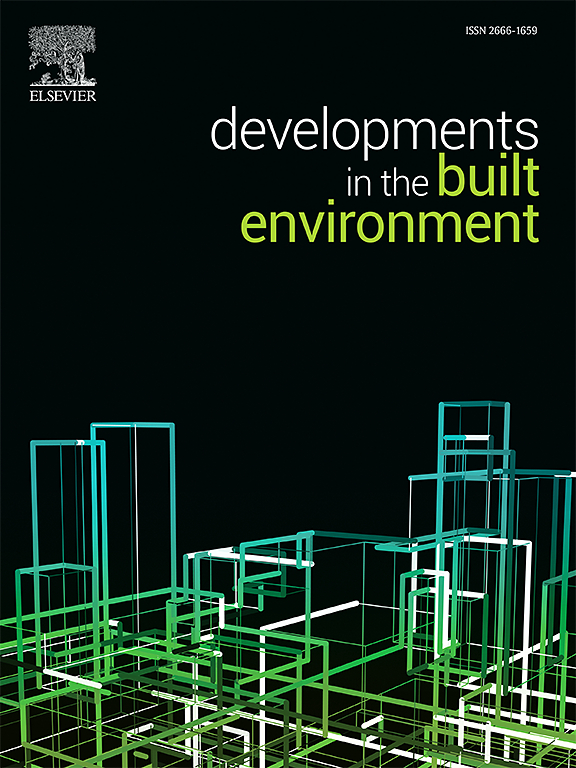Greenhouse gas emission of recycled concrete production for pavement construction considering carbon uptake
IF 6.2
2区 工程技术
Q1 CONSTRUCTION & BUILDING TECHNOLOGY
引用次数: 0
Abstract
The carbonation or uptake effects are often ignored when quantifying the greenhouse gas (GHG) emissions from recycled concrete production, resulting in a neglected balance between carbon emissions and absorption. This study specifically considers these effects using the life cycle assessment (LCA) methodology to quantify GHG emissions from recycled concrete used for pavements. The cradle-to-gate LCA includes raw material extraction, transportation, production, and carbonation during mixing and curing. The findings indicate that (1) the net GHG emissions of recycled concrete are lower than those of virgin concrete, with higher recycled coarse aggregates (RCA) replacement rates leading to further emission reductions. (2) carbonation during the production phase significantly contributes to carbon capture, thus reducing the overall GHG emissions. (3) recycled concrete has lower environmental costs and requires less green area for carbon absorption than conventional concrete, highlighting the environmental and economic benefits of using recycled concrete in pavement construction.
考虑碳吸收的路面施工再生混凝土生产的温室气体排放
在量化再生混凝土生产的温室气体(GHG)排放时,碳化或吸收效应往往被忽略,导致碳排放和吸收之间的平衡被忽视。本研究特别考虑了这些影响,使用生命周期评估(LCA)方法来量化用于路面的再生混凝土的温室气体排放。从摇篮到门的LCA包括原料提取、运输、生产、混合和固化过程中的碳化。研究结果表明:(1)再生混凝土的温室气体净排放量低于原拌混凝土,且再生粗骨料(RCA)替代率较高,进一步减少了温室气体排放。(2)生产阶段的碳化作用显著促进了碳捕获,从而减少了温室气体的总排放量。(3)与常规混凝土相比,再生混凝土环境成本较低,需要较少的绿色面积用于碳吸收,突出了在路面施工中使用再生混凝土的环境效益和经济效益。
本文章由计算机程序翻译,如有差异,请以英文原文为准。
求助全文
约1分钟内获得全文
求助全文
来源期刊

Developments in the Built Environment
Multiple-
CiteScore
7.40
自引率
1.20%
发文量
31
审稿时长
22 days
期刊介绍:
Developments in the Built Environment (DIBE) is a recently established peer-reviewed gold open access journal, ensuring that all accepted articles are permanently and freely accessible. Focused on civil engineering and the built environment, DIBE publishes original papers and short communications. Encompassing topics such as construction materials and building sustainability, the journal adopts a holistic approach with the aim of benefiting the community.
 求助内容:
求助内容: 应助结果提醒方式:
应助结果提醒方式:


